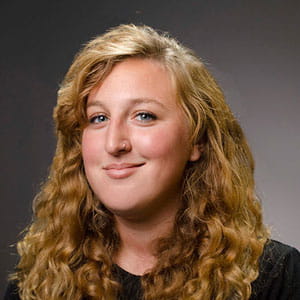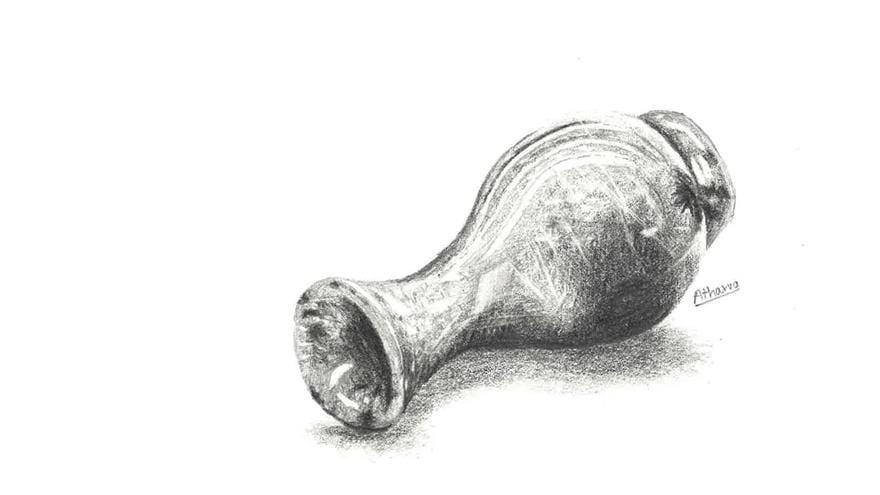Graduate Student Curates the Drexel Family's Impact
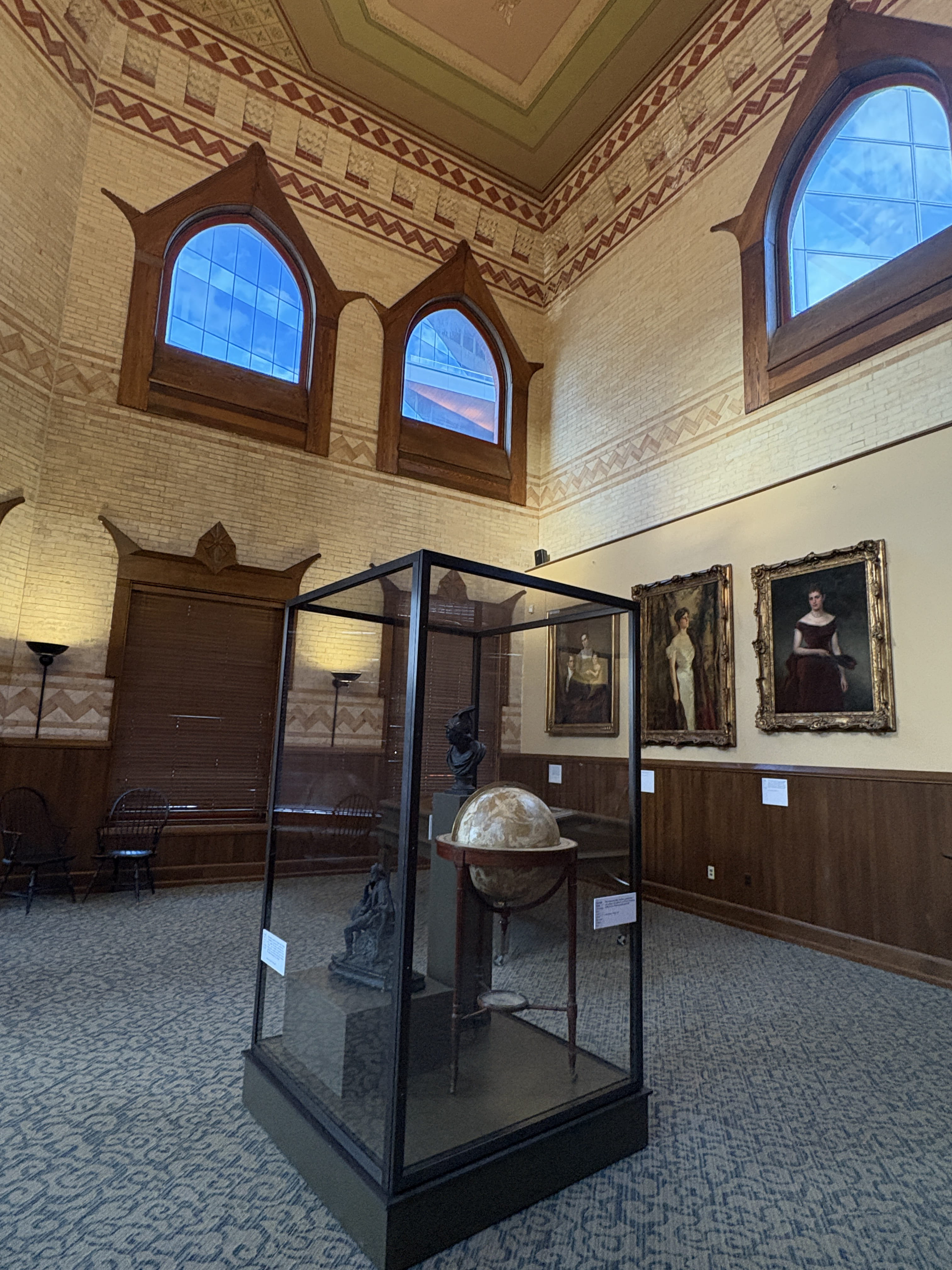
In the Extending Beyond: A Century of Drexel Legacies exhibition, Gina Monahan displayed decorative arts stationed on the floor and portraits hung on the wall. This 1870 celestial globe — one of her favorite objects — was donated by Philip Syng Physick Fell, the great-grandson of University founder Anthony J. Drexel. Hanging behind it on the left is a self-portrait by Francis Martin Drexel, Anthony’s father, with Francis' wife Catherine Hookey Drexel and daughter Mary Johanna Drexel Lankenau. A painting of Anthony’s granddaughter, Ellen Drexel Paul Mills, is in the center, and a portrait of his daughter Frances Drexel Paul can be seen on the right.
The family of Drexel University’s founder, Anthony J. Drexel, has been making history in America since his father, Francis Martin Drexel, arrived more than two centuries ago. Francis Martin escaped the invading French Napoleonic troops in his native Austria to start a new life in Philadelphia, working as a painter and starting his family in the 1820s, when Anthony was born. A little more than a century later, Francis’ great-great grandson, Anthony Joseph Drexel Biddle Jr., was serving as the U.S. ambassador to Poland when the country was invaded at the start of World War II; by the end of the war, Biddle was the U.S. ambassador to seven additional governments-in-exile — all at once.
There is a lot of family history that happened between those four generations of Drexels — and a lot of family members, too. A new exhibition at Drexel University highlights that time period, and those Drexels and their stories, in Extending Beyond: A Century of Drexel Legacies. Presented by the Drexel Founding Collection, the exhibition is free and available to the public at the Paul Peck Alumni Center Gallery (3142 Market St.), where it will be on display run through Oct. 16, 2026.
Gina Monahan, MS arts administration and museum leadership ’25, curated the exhibition using Drexel family artifacts that have been donated to the University. She has been working at the Drexel Founding Collection, the University’s collection of art, since June as an inventory specialist during a required internship for her program in the Antoinette Westphal College of Media Arts & Design.
The idea for Extending Beyond came after another Drexel Founding Collection exhibition, If These Walls Could Talk: An Invitation into the Home and Life of Anthony J. Drexel, opened in another room of the Paul Peck Alumni Center Gallery. That show was curated by Natalee Mayes, BA art history ’26, while she worked as a collections assistant during her cooperative education (co-op) experience at the Drexel Founding Collection. If These Walls Could Talk combines historical photographs of Anthony’s West Philadelphia residence featuring the same art and objects on display in the show.
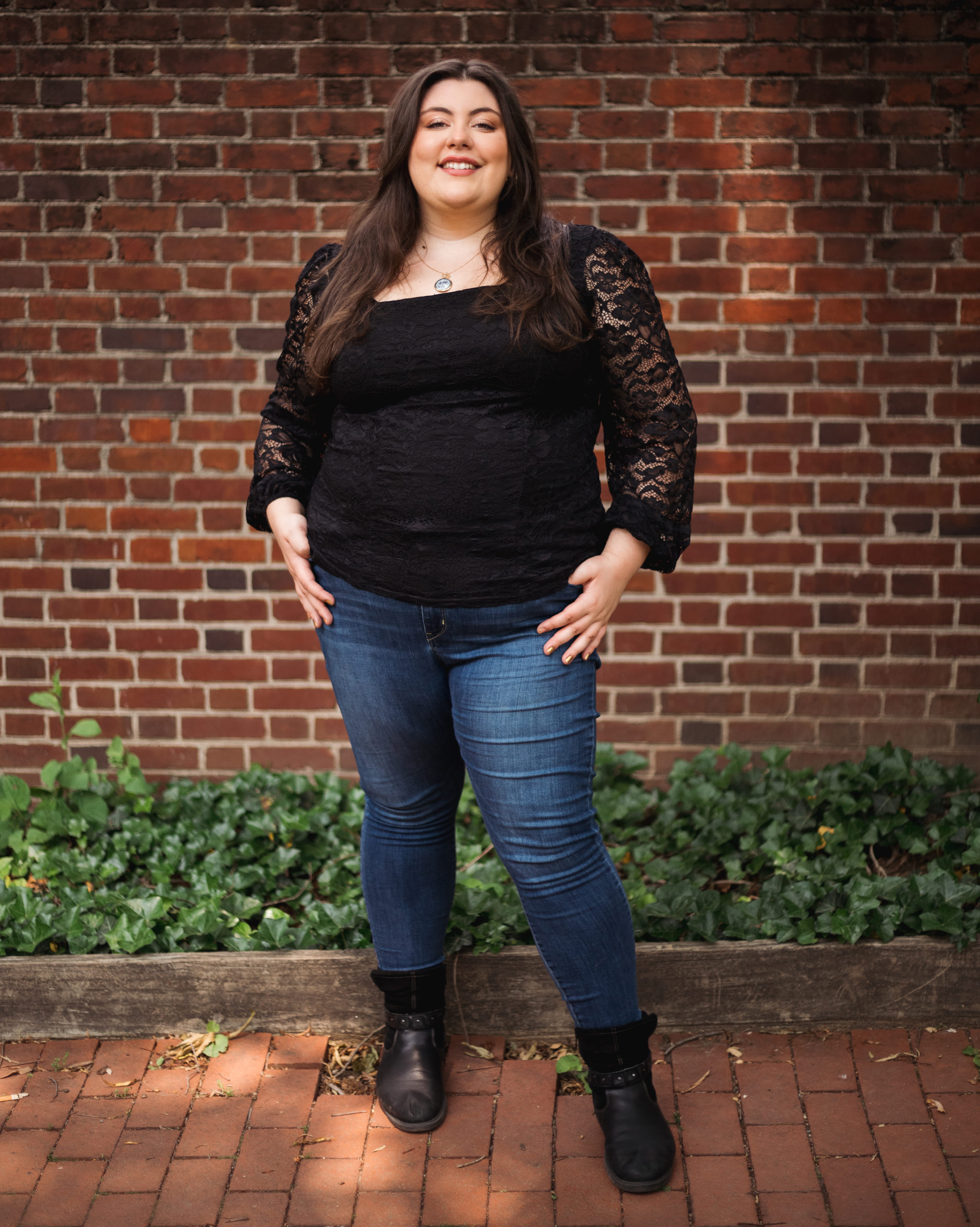
Gina Monahan is a Drexel graduate student and a professional concert photographer. “When I’m not doing art history/museum things, I am usually off making art collages or photographing concerts,” she said. Photo courtesy Gina Monahan. Photo by Elis Moustafa.
After Mayes’ show was installed in September, Drexel Founding Collection Director and Executive Director of Collections & Exhibitions Lynn Clouser Waddell asked Monahan to create a small, corresponding show in the next room. It had to somehow relate to the Drexel family — and open in a month.
“I wanted to highlight the other incredible people from the family, particularly the women, through the generations,” explained Monahan. “I wanted Extending Beyond to feel like the viewer was traveling through time alongside the Drexel family.”
Before the exhibition, Monahan had been learning about the family through her main project: inventorying objects in the Drexel Founding Collection’s collection (about 10,000 total!). This includes pieces in its Drexel Family Collection of art and objects that were either given by the Drexel family or made by its members. Anthony’s father, Francis Martin Drexel, had worked as a painter in his native Europe and both Americas — his love and appreciation of the arts was passed down through the generations.
Monahan researched many of those holdings’ records and detailed descriptions of the owners, sitters and artists. She also combed through the University’s Drexel Family Digital Archive and read articles and obituaries about family members. Ultimately, when creating the show, she included more than a dozen Drexels who were alive from the 1820s to the 1930s, which includes Anthony and his parents, wife, children, grandchildren and great-grandchildren. Those generations are represented through paintings, furniture, glasses, accessories and more objects.
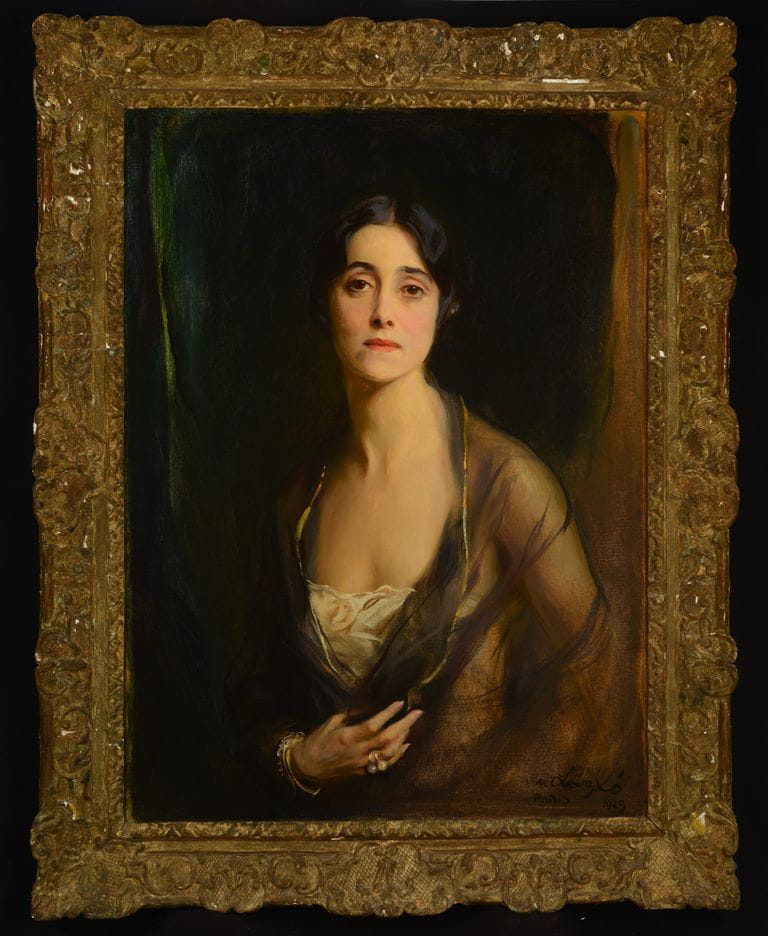
This portrait of Mary Astor Paul Allez was painted by Philip Alexius de László in 1929 in France. Photograph courtesy The Drexel Founding Collection.
“The most rewarding part of this experience was the research I did into everyone who is featured in the exhibition,” she said. “I’m grateful to have had the opportunity to highlight so many incredible people who haven’t had a chance to shine yet.”
One of Monahan’s favorite pieces, and stories, has to do with Mary Astor Paul Allez, the founder’s granddaughter.
“She was a spy during World War II and transmitted messages between the French resistance and the Allies,” Monahan explained. “She went by the codename ‘Pauline,’ named after her late daughter, whose portrait I displayed right next to Mary’s in the exhibition.”
Monahan especially liked Mary’s portrait, as well as the portraits of Ellen Drexel Paul Mills (Mary’s sister) and Frances Drexel Paul (Anthony’s daughter and the mother of Ellen and Mary).
“Their portraits are so elegant and emotive, like the women could step right out of their frames,” she said.
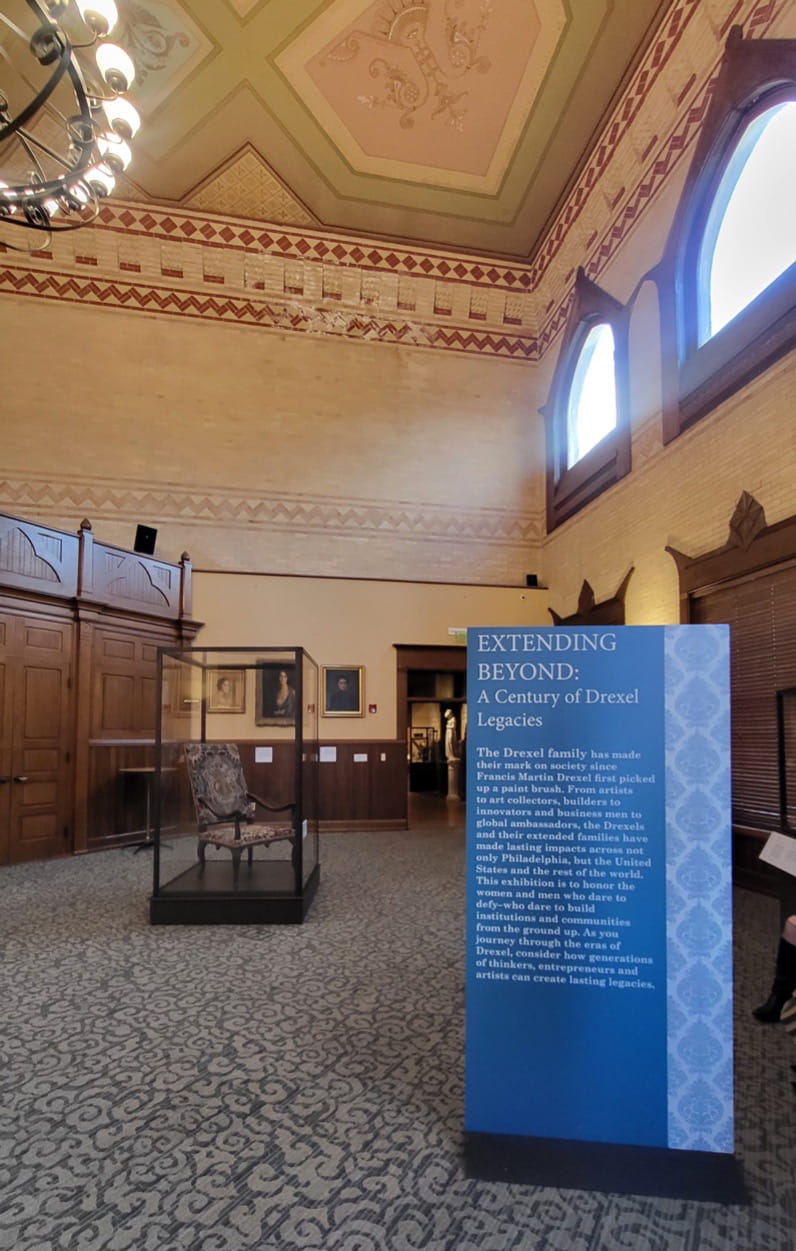
The right side of the Beyond Drexel gallery space showcases the standing sign introducing the exhibition, with an early 18th century chair displayed behind it that was also donated by Philip Syng Physick Fell, the founder’s great-grandson. On the wall are portraits (from left to right) of Pauline Munn Doyle, her mother Mary Astor Paul Allez and Alice Troth Drexel. Photo by Gina Monahan.
Another favorite was another granddaughter: Amanda “Minnie” Drexel Fell Cassatt, who was born to Anthony’s daughter Sarah Drexel Fell Van Rensselaer (namesake of the University’s Van Rensselaer Hall). A beaded headdress of hers is included in the show.
“I wanted to include something from the Fell Cassatt family line, because Minnie was the niece-in-law to Mary Stevenson Cassatt, the great American Impressionist painter,” she explained.
In addition to choosing the artwork, Monahan also chose the location of each object and display case — a challenging task, she said, because this exhibition is in a six-sided room. (It originally served as the banking room of the Centennial National Bank, which opened in this Frank Furness-designed building in 1876.)
“The gallery space is aesthetically beautiful but a bit harder to curate in than a standard gallery,” she said. “I had very little wall space to work with, so I had to figure out how to make the decorative arts the stars of the show. I love the paintings I chose and wish I could have included more.”
She also wrote the object labels — coincidentally right after she learned how to do that in a “Museum Practice” class. It was one of the many ways that this internship and opportunity to curate her own exhibition provided experiential education to compliment her academic courses at Drexel.
“Extending Beyond is a small exhibition but so much care had to go into the creation of it to do the families justice,” she said. “I learned so much from this experience.”
Drexel News is produced by
University Marketing and Communications.
